It’s easy to be put off the whole safari thing when you’re looking for an affordable local bush break that doesn’t involve camping, driving yourself to hell and gone or self-catering. It’s usually the cost that’s the most off-putting.
Yes, safaris usually equal moolah, readies, green – call it what you like – and sometimes great big heaps of it.
But if you leave the image of the super-luxury 5-star retreat with the whole private plunge pool and hot and cold butler service behind, and really examine what’s on offer, you begin to realise that, actually, some safari experiences out there represent excellent value for money for a short-stay scenario that’s not so out-of-reach for normal mortals with budgets to consider.
Take, for example, South Africa’s Timbavati Private Game Reserve.
First off, forget the exclusive-sounding private game reserve bit and consider that the Timbavati area is just like any other private concern – not reliant on government for subsidies and in need of money to keep it going.
The money comes from the visitors like you and me who pay to get in and stay in a lodge or bush-camp inside and goes to the upkeep of the roads inside the reserve, security, rangering and infrastructure such as fencing. So, you know right off that the money is being used in a sound and structured way.
The Timbavati is fast becoming one of South Africa’s most popular destinations, thanks largely to its beautiful bushveld setting and vast swathe of prime game-viewing country. It’s located a short drive from the Lowveld town of Hoedspruit in Limpopo, near Eastgate airport.
Along with its neighbouring Klaserie and Umbabat private game reserves, the Timbavati has no fences between it and that icon of African game reserves – the Kruger National Park – being part of what is now known as the Greater Kruger National Park, boasting more than 2.2 million hectares of wild Africa.
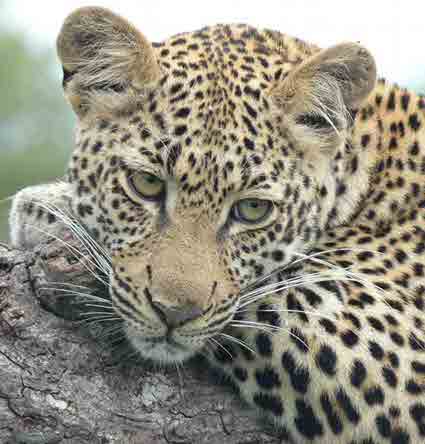
The Timbavati is known for its white lions, first documented by Chris McBride in the 1970s and immortalised in his book “The White Lions of Timbavati”. Indeed, two white cubs were recently born in the neighbouring Umbabat reserve and are set to rejoin their pride that has its range in the Timbavati, very soon.
And there are some great, affordable places to stay, all of which offer the standard safari experience – two game drives each day in an open vehicle with your own private guide and tracker, the option of a bush walk, three square meals and refreshments such as tea, coffee and bottled water and comfortable accommodation with en-suite facilities.
All you generally pay extra for are beverages over and above the inclusive fare, such as beers and wine and your sundowner on the evening game drive.
This is what makes a safari such a value-for-money experience, especially if you’re tired of schlepping home, fridge, freezer and bar to the bush and then having to drive the entire family around the game park every day in the hope of seeing something.
Game drives take place in the early morning, arriving back in time for brunch, and again in the late afternoon, after lunch or high tea, arriving back after dark in time for dinner.
Because you have a tracker as well as a guide, the chances of seeing something truly special are good. Indeed, on my last trip to the Timbavati I saw three different leopards on three different kills over a two-day period.
Accommodation in the Timbavati is varied and your choice depends very much on your budget, ranging from rustic bush camps with thatch and reed huts, East African-style safari tents or air-conditioned thatched chalets.
All of the establishments have swimming pools, which is a boon in the heat of spring and summer when temperatures tend to soar.
My two favourite Timbavati lodges are both part of the Fair Trade in Tourism South Africa (FTTSA) stable: Umlani Bush Camp and Motswari Private Game Reserve. Here’s a run down of what they offer:
Umlani has cosy thatch and reed huts which offer maximum contact with the great outdoors, without sacrificing any of the comforts of home – it’s a really authentic experience staying in a thatch and reed hut, let me tell you!
A maximum of 16 people can be accommodated at Umlani and all huts have ceiling fans and en-suite facilities with outside showers. There’s a great lounge-cum-viewing deck with a “help yourself” bar, board games and books and a separate dining lapa with uninterrupted views of the surrounding bushveld.
Umlani also has a tree house a few kilometres from the camp where guests can spend a night in the open in the canopy of a tall tree overlooking a waterhole with nothing but their beds, mosquito nets, bottles of water, a 12v battery, spotlight and radio. In a word – fantastic!
Motswari’s spacious thatched bungalows are beautifully furnished, with full en-suite facilities (including a huge bathtub with views over the bushveld).
They are fully air conditioned, making summer’s heat a little more bearable. In the winter, the aircon units double as heaters, beating off the chilly nights.
A maximum of 30 guests makes Motswari a bit bigger than most safari lodges, but great for families and groups of friends.
There’s a traditional open-air boma, a large lounge and bar overlooking a dam, and a gallery showcasing local art talent with a computer and internet facilities, all in the heart of the bush. And the food is out of this world.

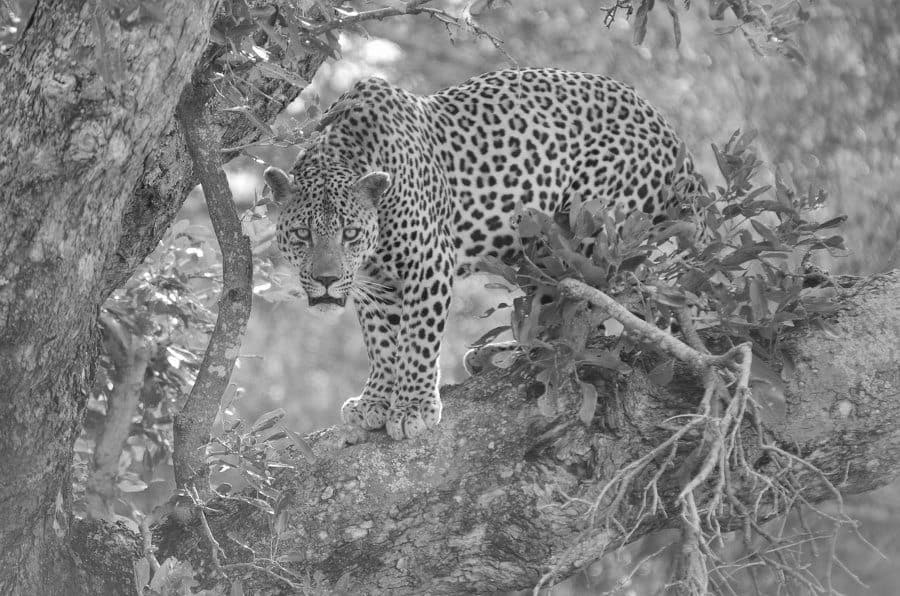
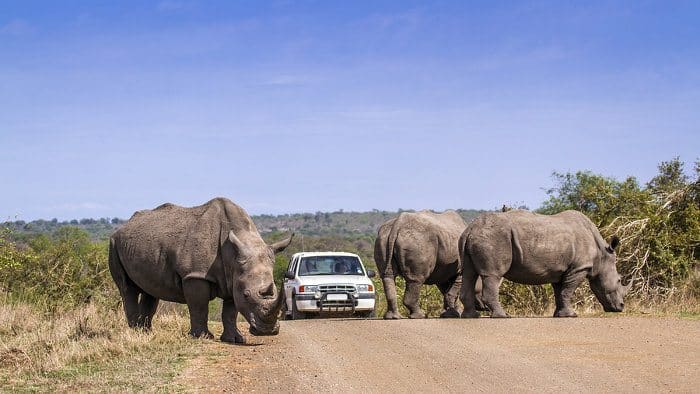
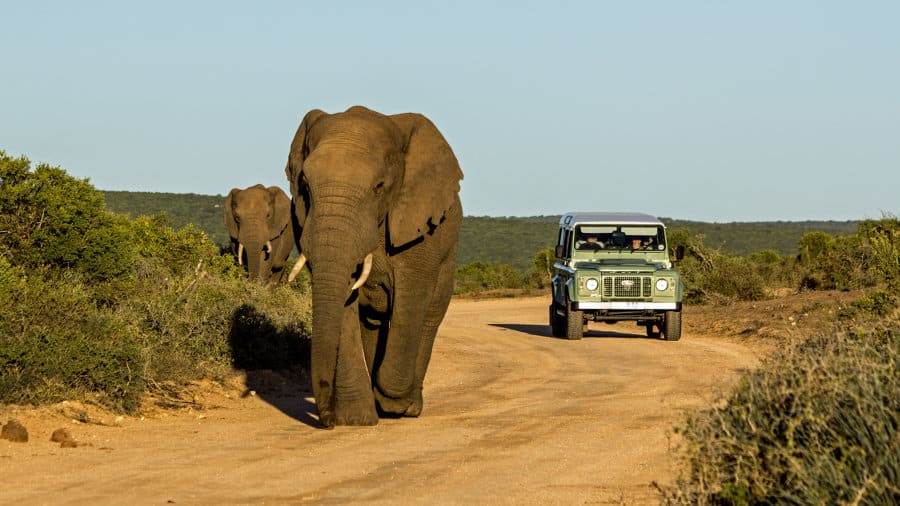
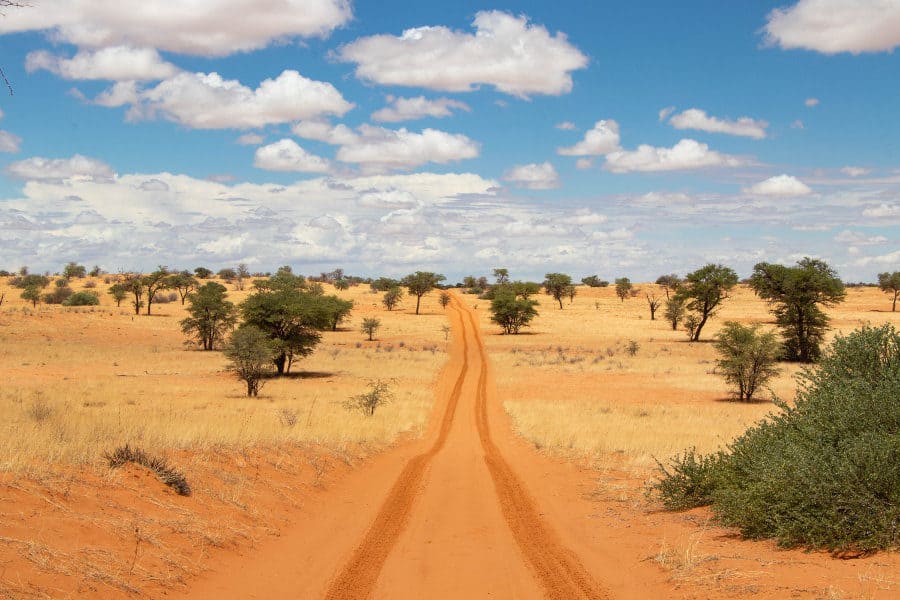
I feel like I’ve been planning my Africa trip for years, and it’s always the cost that hold me up. I don’t want to fly from the U.S. only to be able to afford a 4-night safari. Thanks so much for this information, I can’t wait to look into these lodges.
Glad you found the info helpful, Randi! 🙂
If you’re looking for affordable safari options, here’s a great guide:
https://africafreak.com/budget-safaris-africa
Happy searching, and all the best with your “Dashmade Travels”!
Michael